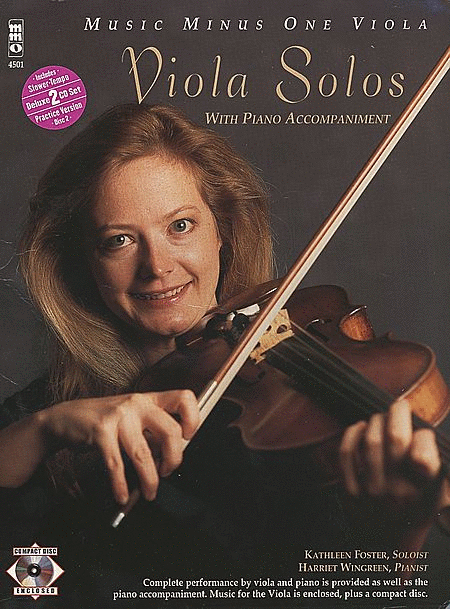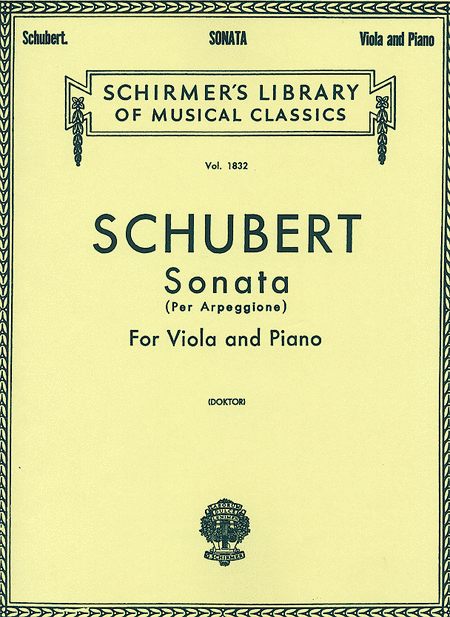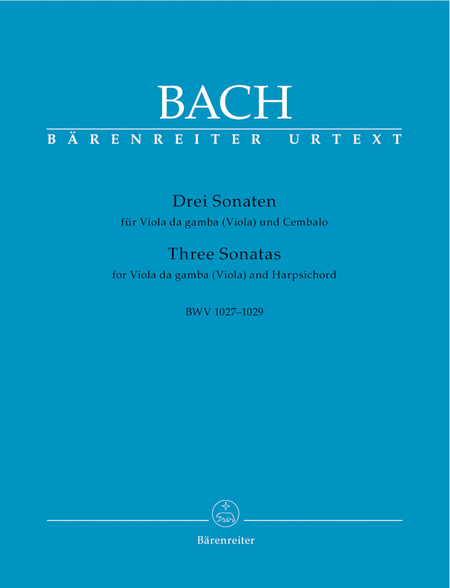|

- FREE SHEET MUSIC
- BOOKS SHEET MUSIC SHOP
- DIGITAL SHEET MUSIC SHOP
- MUSICAL EQUIPMENT
- COMPOSITION CONTEST
- WEB DIRECTORY
DISCLOSURE: We may earn small commission when you use one of our links to make a purchase.
-
Pavane on a Minuet from the French Suite III for Viola & Piano (principal)
- composer Bach, Johann Sebastian
 SHEET MUSIC
SHEET MUSIC
-
Pavane on a Minuet from the French Suite III for Viola & Piano
- MAGATAGAN, MICHAELPLAY-ALONG
 SHEET MUSIC
SHEET MUSIC
-
Pavane on a Minuet from the French Suite III for Viola & Piano
- MAGATAGAN, MICHAELPLAY-ALONG
 SHEET MUSIC
SHEET MUSIC















 Mike Magatagan's Arrangements
Mike Magatagan's Arrangements